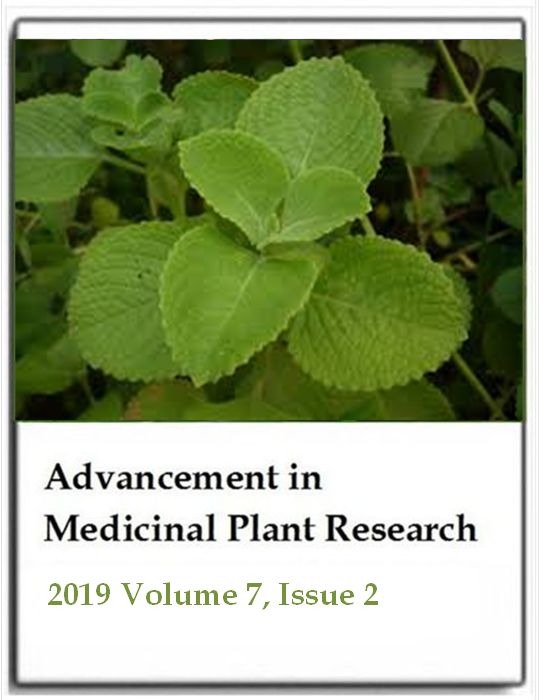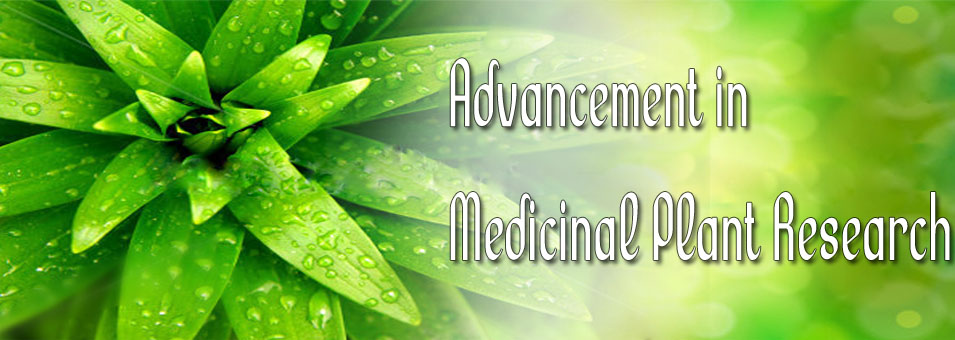Determination of β-carbolines in Thai Picrasma javanica Bl.; the source of potential antimalarial agents
Chalerm Saiin, Juggreewut Junwised, Nitra Nuengchamnong and Kornkanok IngkaninanAdvancement in Medicinal Plant Research
Published: June 24 2019
Volume 7, Issue 2
Pages 61-67
DOI: https://doi.org/10.30918/AMPR.72.19.025
Abstract
The bark of Picrasma javanica Bl. (Family Simaroubaceae) has been widely used in the traditional medicines for the treatment of malaria in Myanmar, Indonesia and Thailand. In previous studies, thirteen β-carbolines were isolated from P. javanica growing in Indonesia and New Guinea. The present study aimed to identify the chemical components of Thai P. javanica by using thin layer chromatography (TLC) and high resolution mass spectrometry (MS). It demonstrated that there were at least six β-carbolines in stem bark of Thai P. javanica; composed of 1-ethyl-β-carboline, 1-ethyl-4-methoxy-β-carboline (crenatine), 4-methoxy-1-vinyl-β-carboline (dehydrocrenatine), 5- or 6- or 8-dehydrocrenatine, 5- or 8-hydroxycrenatine, picrasidine G and picrasidine T. Three of them i.e. crenatine, dehydrocrenatine and 6-dehydrocrenatine had the antimalarial activities. Thus, Thai P. javanica shall be reserved as medicinal plant for malaria disease treatment.
Keywords: Thai Picrasma javanica Bl., Indole alkaloids, thin layer chromatography, mass spectrometry.
Full Text PDFThis article is published under the terms of the Creative Commons Attribution License 4.0

